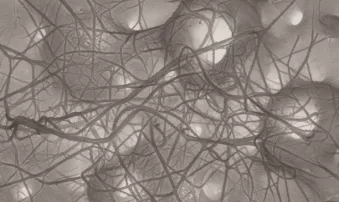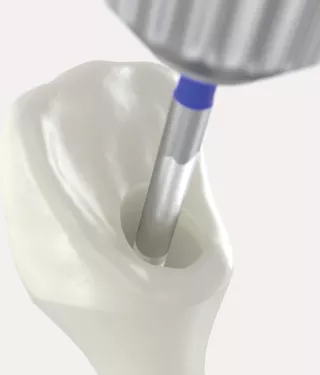
Angulated screw channel solutions
Improved esthetics and easier access.
Designed for restorative flexibility
Solve the esthetic challenges faced when screw-retained solutions are placed in the anterior and improve occlusal access in the
posterior.
Giving you more screw-retained options
The angulated screw channel (ASC) gives you the option to place the screw access hole anywhere between 0° to 25° in a 360° radius. That means you can now perform a screw-retained restoration in almost any situation — without the risks associated with excess cement.1
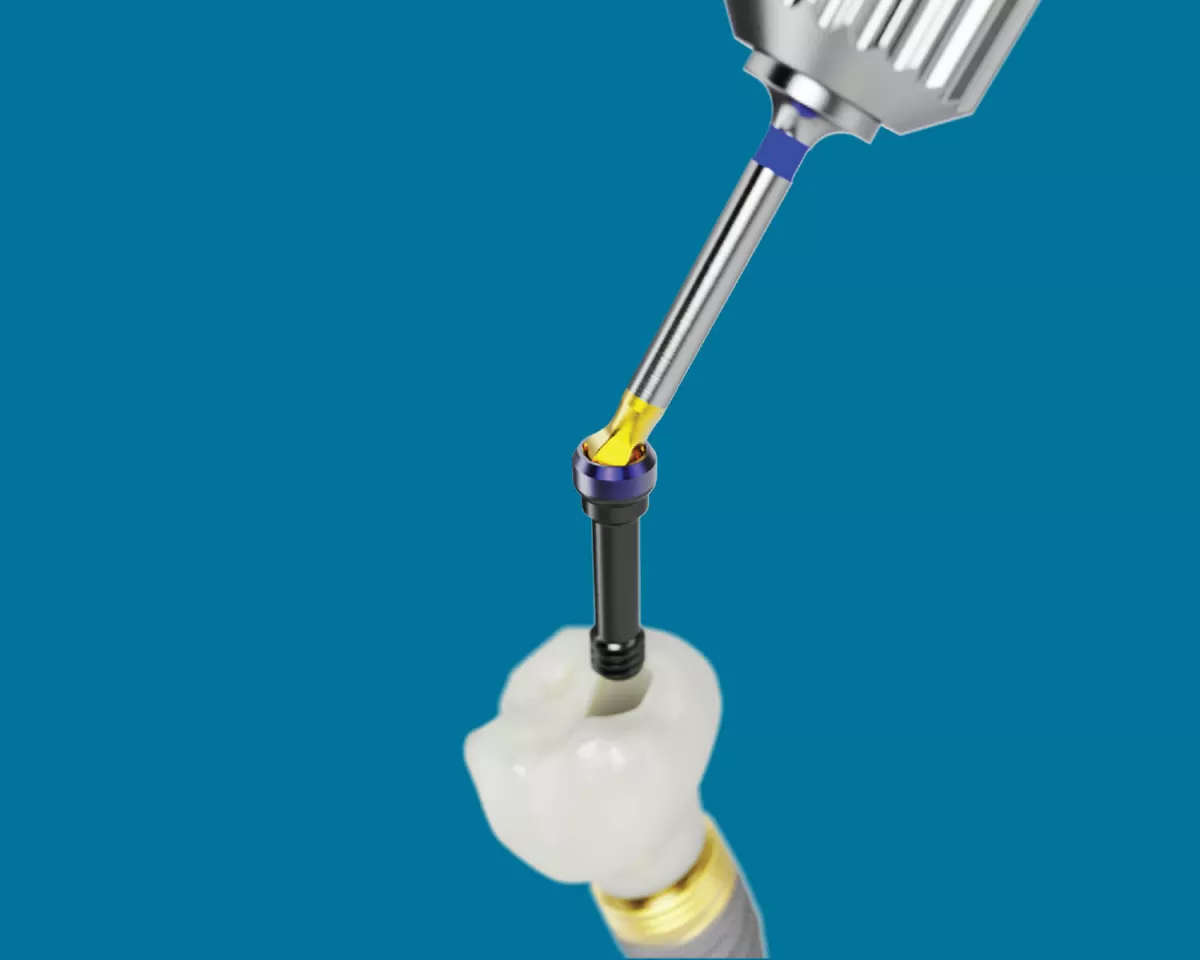
Optimized occlusal access to the restoration by placing the screw access hole anywhere between 0° and 25° in a 360° radius.
A screw-retained abutment forms a mechanical connection to the implant for predictable retention without the risks associated with residual cement.1
The Omnigrip Screwdriver has a pick-up function
Work quickly and safely with the pick-up function and secure hold of the Omnigrip Screwdriver. Easily access cases in the posterior region. The angulation enabled by the Omnigrip tooling helps when vertical space is limited. Reduce screw loosening by applying a torque of 35 Ncm at any angle.
100% cement free, highly predictable retention
Achieve 35 Ncm torque at any angle
Improved access for posterior cases2
Instructions For Use
Important information on, and instructions for Omnigrip Screwdriver
Questions about ASC solutions and Omnigrip Screwdriver?
If you would like additional information, more details, or have specific questions about angulated screw channel and Omnigrip Screwdriver, click the link below.
“How many cases do we know where the screw access hole would come out at the incisal edge or even at the labial plane. Now, we can create a single screw-retained crown without cementing.“
-
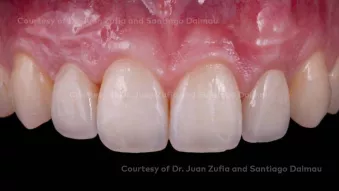 Restoration of both lateral superior incisors with narrow platform implants
Restoration of both lateral superior incisors with narrow platform implantsClinicians: Dr. Juan Zufía and Dr. Santiago Dalmau
-
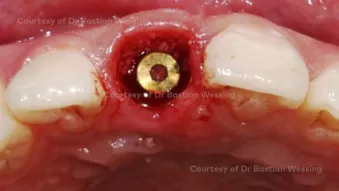 Buccal bone augmentation during immediate implant placement
Buccal bone augmentation during immediate implant placementClinician: Dr. Bastian Wessing
References
See Instructions For Use for full prescribing information, including indications, contraindications, warnings and precautions.
- Wilson TG, Jr. The positive relationship between excess cement and peri-implant disease: a prospective clinical endoscopic study. J Periodontol. 2009;80 (9): 1388-92.
Read on PubMed - Nobel Biocare Grant 2015-1365, manuscript.

